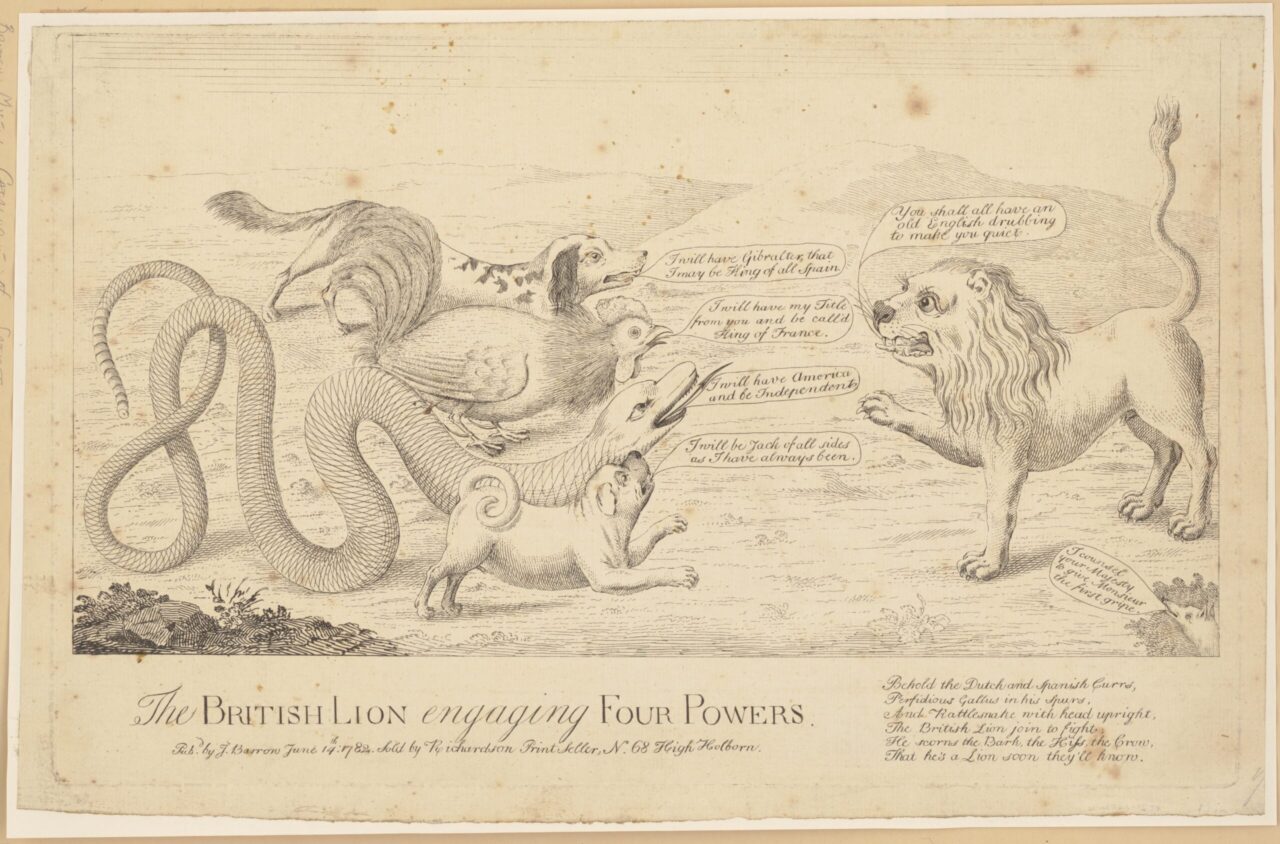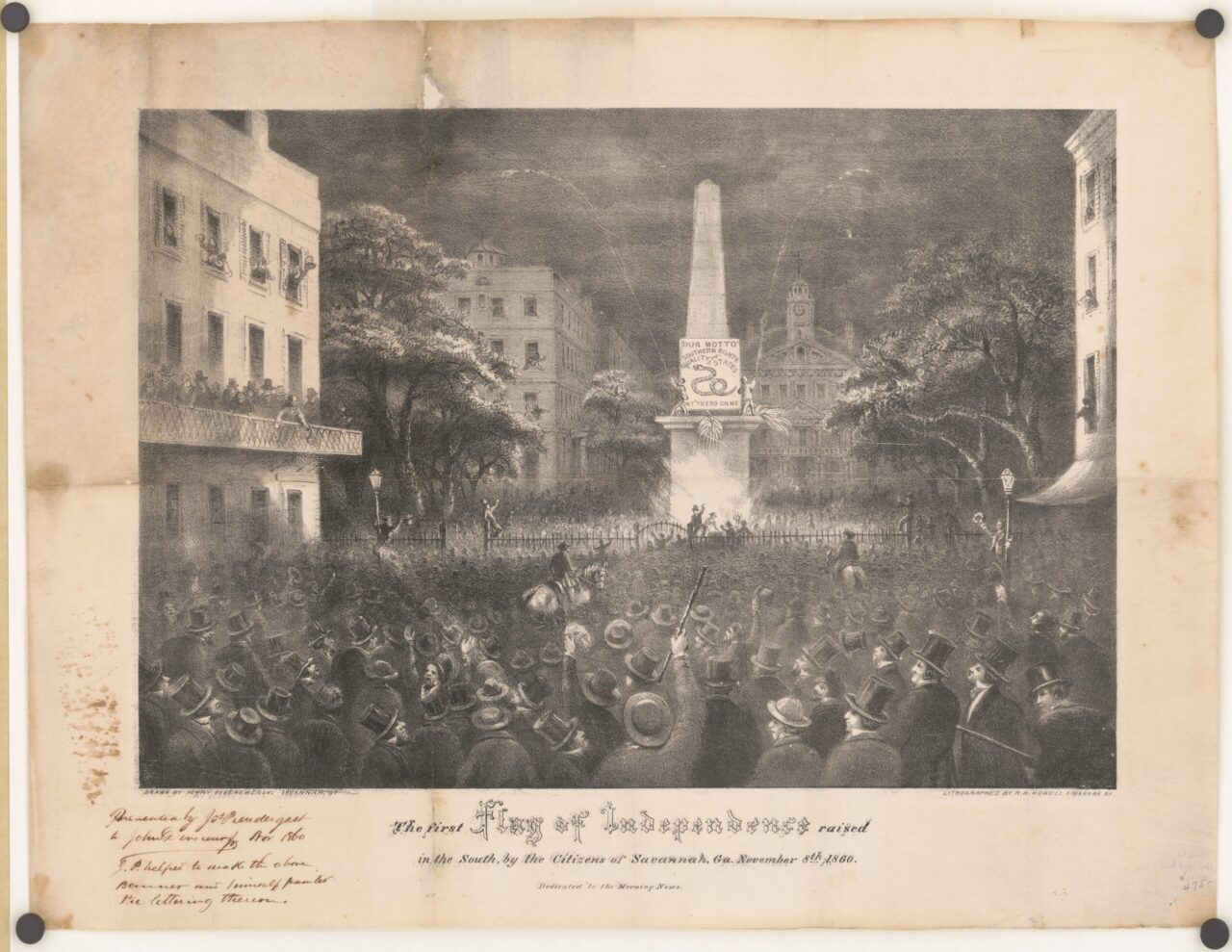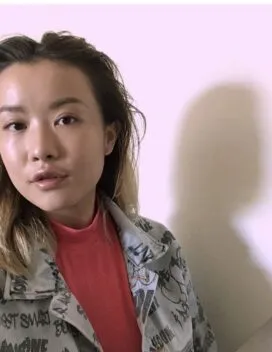Bio (hide this header in all alumni profiles)
Zhi Luo holds a BS in Advertising and an MFA in Design for Responsible Innovation from the University of Illinois at Urbana-Champaign. She is currently pursuing her PhD in Communication Arts at the University of Wisconsin at Madison.
MFA Thesis
The Public in Print: Revisiting Historical US Political Visuals in a Digital Age
Abstract
Image-making and visual design have long been intertwined with political upheavals. Two forms of persuasion in political communication—propaganda, and expressions of dissent—have relied heavily on visual channels. This thesis puts theories of communication, visual rhetoric, psychology of image-making and graphic design in conversation with historical and contemporary events and argues that images and design elements function as visual arguments. Borrowing from the framework of linguistics, this paper treats images both holistically and syntactically. First, it analyzes iconic political visuals from an image-making and visual communication perspective; then it traces the symbols’ evolution in political discourse across time. In doing so, this thesis argues that examining print and analog media and print history remains an essential methodology for interrogating contemporary political visual culture.
Chapter 1 introduces the historical perspective of the current information crisis in the United States and the conundrum of seeking answers in the digital media. Chapter 2 provides a literature review on the historical and political context of printing and prominent forms of political communication—propaganda and dissent. Chapter 3 describes the theoretical frameworks and methodologies that this thesis draws on. Chapter 4 divides influential historical visual symbols into two groups— “us,” and “them”—and traces their origin and development overtime and across different forms of media, with particular attention to their role in White nationalist discourse in the United States. Chapter 5 analyzes the implications and affordances of visual argumentation in the context of political communication, arguing that images are just as important as text in rhetorical studies, especially in authoritarian countries. Chapter 6 concludes the thesis by emphasizing the political role of visual artists, designers and design educators in today’s polarizing and increasingly authoritarian political climate

The British Lion Engaging Four Powers. United Kingdom, 1782. Image, Library of Congress.

Cleenwerck, H. (Belgium, 1825–1901), artist & Howell, R. H. (n.d.), lithographer. The First Flag of Independence Raised in the South, by the Citizens of Savannah, Ga. United States, 1860. Image, Library of Congress.
